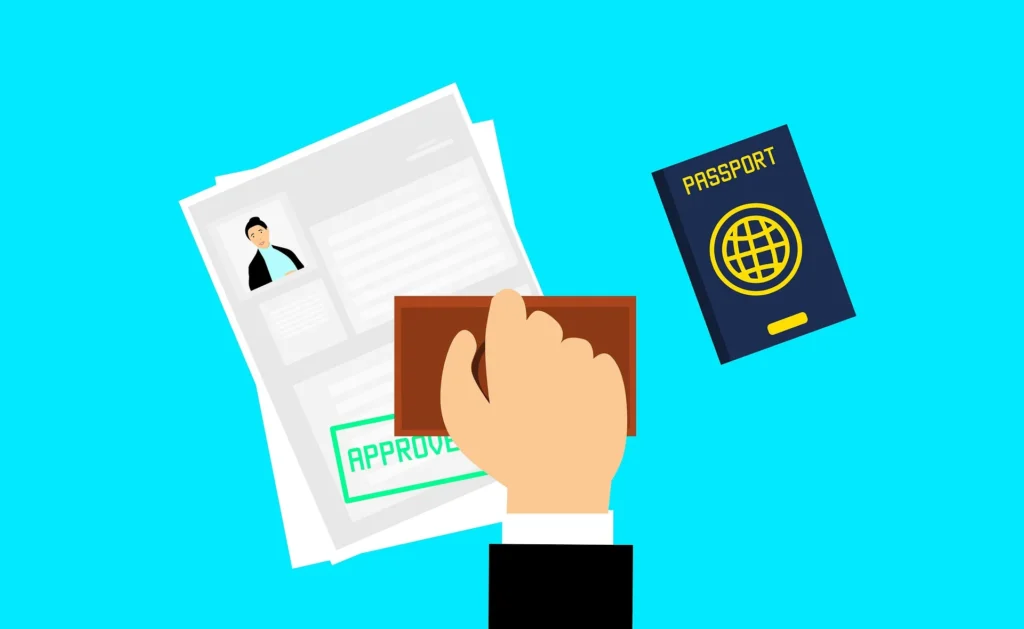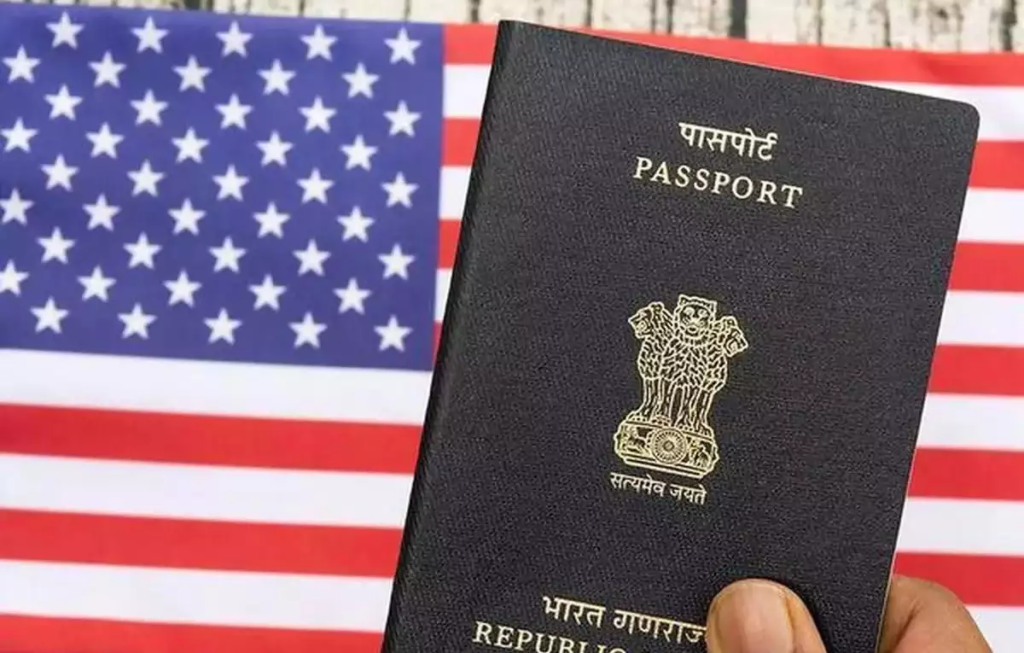
U.S
U.S attracts millions of visitors each year, whether for tourism, education, business, or immigration. However, before traveling to the U.S., many foreign nationals are required to obtain a visa. The U.S. visa system is complex and varies depending on the purpose and duration of your stay. This article provides a clear guide to navigating the U.S. visa process.
Table of Contents
What is a U.S. Visa?
A U.S. visa is an endorsement placed in a passport that allows the bearer to enter the United States for a specific purpose, such as tourism, study, or work. There are two primary categories of U.S. visas: nonimmigrant visas, for temporary stays, and immigrant visas, for those seeking permanent residence.
Nonimmigrant Visas
Nonimmigrant visas are for individuals who plan to visit the U.S. temporarily. The type of visa required depends on the purpose of the visit. Some of the most common nonimmigrant visas include:
- Tourist Visa (B-1/B-2): The B-1 visa is for business visitors, while the B-2 visa is for tourists. Both visas allow for short-term visits, typically up to six months.
- Student Visa (F-1, J-1, M-1): F-1 visas are for academic students, J-1 visas are for exchange visitors, and M-1 visas are for vocational or non-academic students. These visas are granted for the duration of the student’s program, plus an additional grace period.
- Work Visa (H-1B, L-1, O-1): H-1B visas are for skilled workers in specialty occupations, while L-1 visas are for intracompany transfers. O-1 visas are for individuals with extraordinary abilities in fields such as arts, science, and athletics.
- Temporary Worker Visas (H-2A, H-2B): These are issued for temporary agricultural and non-agricultural workers respectively.
- Visitor Visa Waiver Program (VWP): Citizens of 40 countries may travel to the U.S. without a visa for tourism or business for up to 90 days. The VWP allows for visa-free entry but requires an online registration through the Electronic System for Travel Authorization (ESTA).

Immigrant Visas
An immigrant visa allows foreign nationals to live and work permanently in the United States. This visa is typically pursued by those seeking permanent residence, often referred to as obtaining a “green card.” Immigrant visas can be granted based on employment, family ties, or other factors.
- Family-Sponsored Immigration: U.S. citizens and lawful permanent residents can sponsor certain family members, such as spouses, children, or siblings, to immigrate.
- Employment-Based Immigration: This category is for foreign nationals who have been offered permanent employment in the U.S. or possess extraordinary abilities in areas such as arts, sciences, business, or athletics.
- Diversity Visa Program (Green Card Lottery): Each year, 50,000 immigrant visas are made available through a lottery system to individuals from countries with low immigration rates to the U.S.
- Refugee and Asylum Visas: These are for individuals who are fleeing persecution in their home countries and seeking safety in the U.S.
The Visa Application Process
- Determine Visa Type: The first step is determining which visa type is appropriate for your visit. This information is available on the U.S. Department of State’s website, which provides a full list of visa categories and their requirements.
- Complete the DS-160 Form: This is the online nonimmigrant visa application form, and it is mandatory for all nonimmigrant visa applicants. For immigrant visas, a separate form (DS-260) is required.
- Pay the Application Fee: Visa fees vary based on the type of visa being applied for. For example, a standard B-1/B-2 tourist visa costs approximately $160, while H-1B work visas have a higher fee.
- Schedule an Interview: Most visa applicants between the ages of 14 and 79 must attend a visa interview at a U.S. Embassy or Consulate. Wait times for interviews can vary, so it’s important to schedule the interview as early as possible.
- Attend the Interview: During the interview, a consular officer will ask questions about your background, the purpose of your visit, and other relevant information. Be prepared with all necessary documents, including your passport, application confirmation page, and any supporting materials (such as financial statements or letters of invitation).
- Visa Processing: After the interview, your visa will be processed. Some cases may require additional administrative processing, which can take extra time. Once approved, the visa will be placed in your passport.
Tips for a Successful Application
- Apply Early: Visa processing can take time, especially during peak seasons. Apply for your visa well in advance of your planned travel.
- Be Honest: Any discrepancies or false information on your application could result in a visa denial.
- Prepare Supporting Documents: Make sure to have all the required documents, including financial proof, letters from employers or schools, and any relevant personal information.

Conclusion
Obtaining a U.S. visa can be a complex process, but with careful planning and attention to detail, it is manageable. Whether you are visiting for tourism, studying, or seeking permanent residence, understanding the various visa types and the application process is the first step towards a successful U.S. visit.
Contact us today to schedule a consultation and take the first step towards your success.
Get in touch now with Esse india immigration for more information.
CONTACT US NOW : https://apply.esseindia.com/





